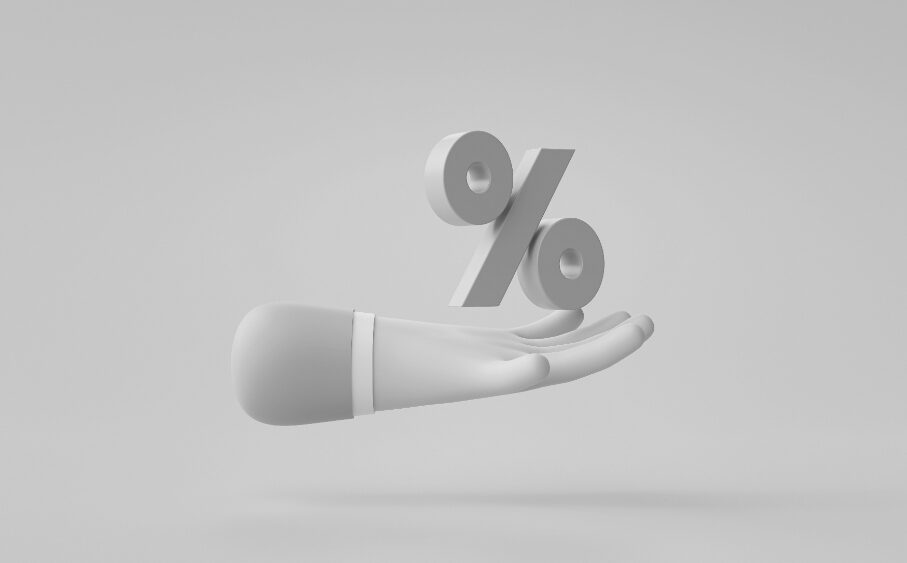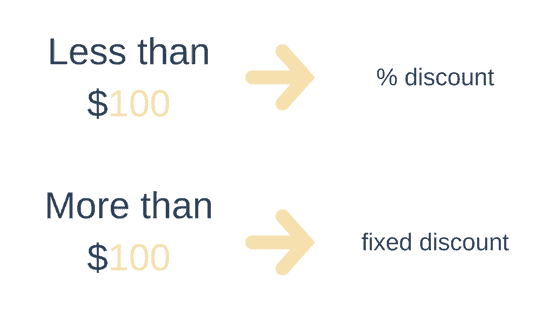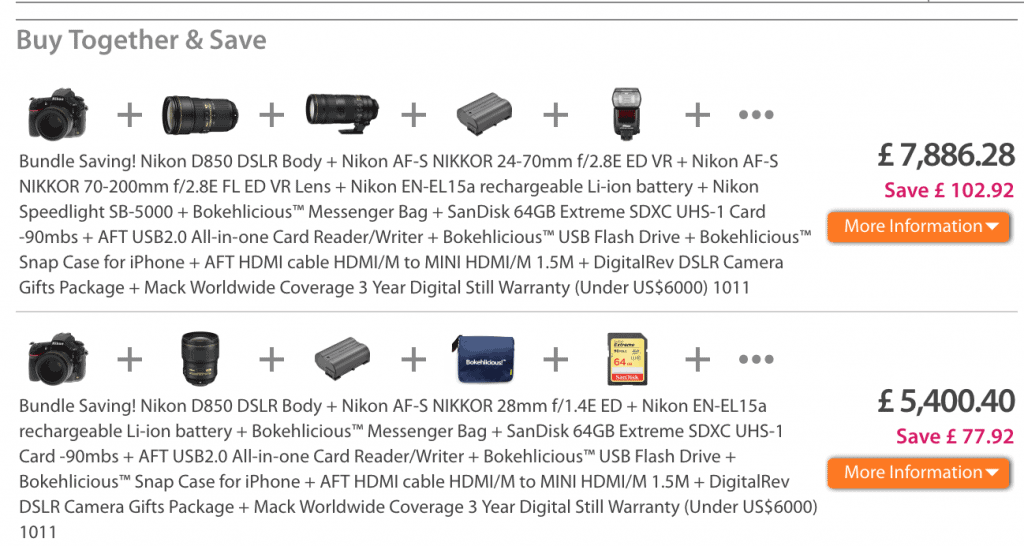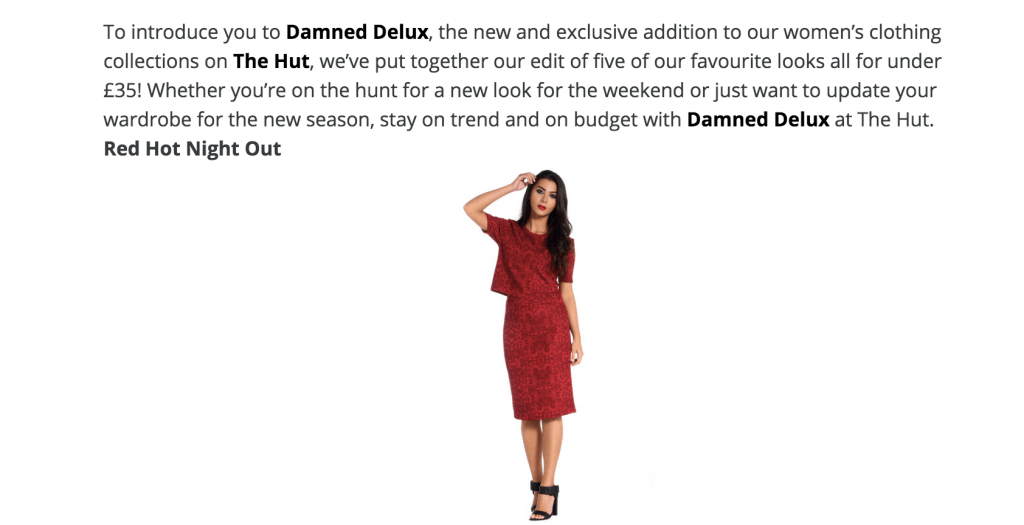Product Bundling
Product bundling is a marketing strategy in which multiple products are combined and sold together as a single package at a discounted price. This approach incentivizes customers to buy more than they would individually. It helps businesses increase sales volume and move inventory more efficiently.
In ecommerce, bundling can be incredibly beneficial, resulting in increased average order values and enhanced customer satisfaction by providing perceived value.
Types of Product Bundling
Different businesses can implement various product bundling strategies based on their objectives and the characteristics of their products:
Pure Bundling
This method offers products as part of a bundle and does not let separate purchases. This approach is often used when complementary products add more value when used together. For example, Adobe exclusively offers its Creative Cloud suite as a bundle, encompassing Photoshop, Illustrator, and InDesign, which designers and artists frequently utilize.
Mixed Bundling
This strategy allows customers to purchase products individually or as a bundle, accommodating different customer preferences and budgets. For example, Microsoft’s Office Suite can be purchased as a bundle or individual apps like Word or Excel, allowing customers to tailor their purchases to their specific needs.
Cross-Sell Bundling
This tactic includes recommending complementary products at the point of sale. It serves as a means to show customers that their requirements are recognized. For example, when a shopper selects a smartphone for purchase, Amazon frequently recommends additional items like a case, screen protector, and charger. This method improves the shopping journey by offering customers products that go well with their primary purchase.
Why is Product Bundling Important?
Product bundling is important for several reasons:
Increased Average Order Value (AOV)
Bundling encourages customers to purchase more items, naturally raising the AOV. For example, McDonald’s “Extra Value Meals” bundles a burger, fries, and a drink, providing a perceived discount that leads customers to spend more than they might on a single item.
Inventory Management
If you want to help move slow-selling items, bundling can be the solution, as it can combine them with more popular products. For instance, electronics retailers might bundle an older model printer with a new laptop to clear out unsold inventory without requiring deep discounts.
Enhanced Customer Experience
Bundling provides convenience to customers by allowing them to buy a complete set of related products in one go. For example, IKEA often bundles kitchenware sets, giving customers everything they need to equip a kitchen in one package. This not only saves time but also creates a perception of value, as customers feel they are getting more for their money.
Competitive Advantage
In markets with high competition, such as ecommerce platforms like Amazon, bundling can differentiate a business’s offerings from competitors. For example, gaming companies like Nintendo often bundle a console with popular games, providing customers with a ready-to-play package that competitors may not offer, attracting buyers looking for added value.
Factors Influencing Product Bundling Strategy
When it comes to product bundling strategies, several key factors can make a big difference for success:
Complementarity of Products when Product Bundling
Products that naturally go together (like razors and replacement blades) are more likely to succeed in a bundle because they enhance each other’s value. For example, Gillette often bundles razors with a pack of blades, ensuring that customers have everything they need for a smooth shave.
Customer Segmentation
Recognizing different customer requirements and buying habits is important. A carefully designed package for budget-conscious shoppers could emphasize the importance of value. For example, Walmart’s discounted back-to-school bundles include essential school supplies. On the other hand, a package targeting high-end customers, such as Sephora’s curated beauty sets, could emphasize the significance of exclusivity and excellence.
Pricing Strategy
Bundles should be priced clearly to provide an incentive to purchase products individually. A discount on the bundle should reflect a fair value that appeals to customers without eroding profit margins. For instance, Apple offers discounts on accessories when purchased with a new device, making the bundled price more attractive than buying each item separately.
Marketing and Promotion
Effectively promoting bundles through the proper channels can significantly impact their success. For example, during Amazon Prime Day, the company heavily promotes significant savings bundles, creating a sense of urgency and encouraging bulk purchases.
Applications in Business
Implementing an effective product bundling strategy can benefit businesses in several ways:
Driving Sales Volume with Product Bundling
Enterprises can boost the number of products sold and the income generated by providing bundled deals. They can also urge customers to buy more than they had initially intended. For example, companies that sell video games, like GameStop, often combine gaming consoles with well-liked games and accessories. This amplifies the number of products sold and presents customers with a convenient package.
Customer Loyalty and Retention
Bundles that provide clear value can improve customer satisfaction, foster loyalty, and encourage repeat purchases. For example, meal kit companies like HelloFresh offer subscription bundles that include everything needed for several meals, enhancing convenience and encouraging customers to subscribe for regular deliveries.
Optimizing Marketing Campaigns
Product bundles can be central to marketing campaigns, especially during peak shopping events like Black Friday or Amazon Prime Day. Retailers like Best Buy often promote exclusive tech bundles during these events, creating urgency and driving higher sales. The bundling strategy maximizes sales during these critical periods and differentiates the retailer’s offerings.
Practical Examples of Product Bundling
Let’s take Apple as an example. If Apple offers a discounted bundle that includes an iPhone, AirPods, and an Apple Watch, it attracts customers who see the bundle as a comprehensive tech solution. This not only increases sales but also enhances the customer’s perceived value, leading to greater satisfaction and potential word-of-mouth promotion.
Alternatively, Microsoft might notice that a particular edition of their Surface tablet is not selling as expected. They could bundle it with popular accessories like the Surface Pen and Type Cover at a special price. This approach helps clear out inventory while providing a deal that customers find appealing, ultimately boosting sales and enhancing customer value.
Wrap Up
Product bundling is a flexible tactic. It can assist businesses in enhancing perceived value, boosting sales, and managing inventory more effectively.
Comprehending the different types of bundling, their advantages, and the factors that impact their success is essential. Companies can develop compelling bundles that appeal to various customer segments.
To assess the effectiveness of a bundling strategy, companies can track metrics such as the increase in average order value, the speed of inventory turnover, and customer feedback.
In today’s competitive market, product bundling provides significant benefits. It can help increase average order values, streamline inventory management, and help companies stand out from competitors.








